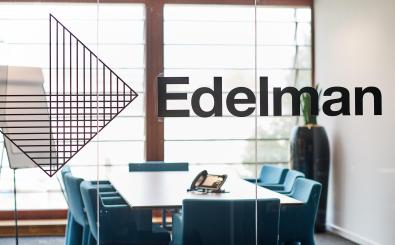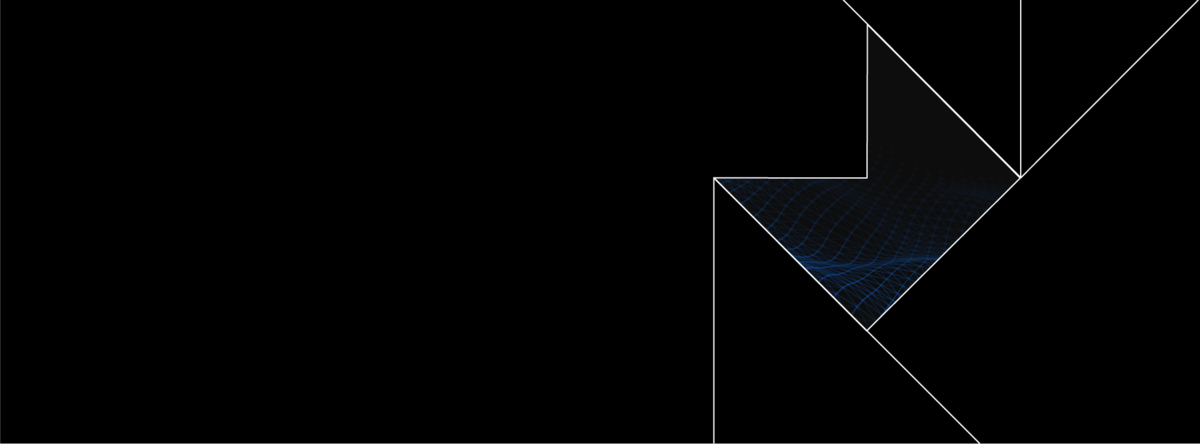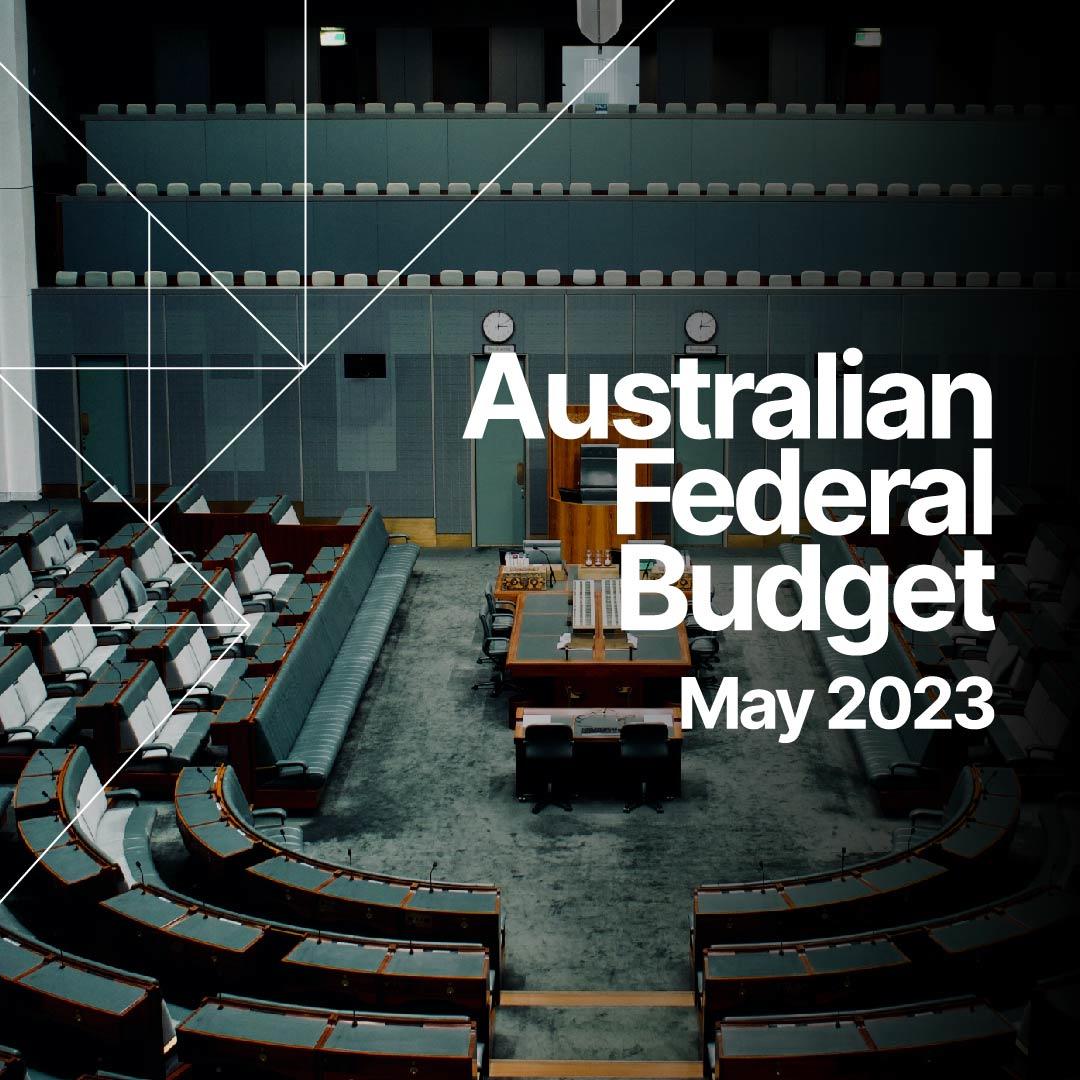5 minutes with Tom Robinson on the power of communications

This article was originally published on Little Black Book
Tom Robinson, CEO of Edelman Australia, is a communicator by nature. He spent a decade working with MediaCom Australia, where he oversaw the brand marketing, commerce, content and integrated communication strategies for the local and global markets.
During his time at MediaCom Australia, he worked with some of Australia's biggest brands including, Mars, P&G, Westpac, and the NSW, VIC and QLD governments.
Tom is a firm believer in the power of communications in all aspects of the industry and in his current role as CEO of Edelman Australia, he champions this belief in his day-to-day.
“Regardless of our personalities or careers, creativity allows for the democratisation of ideas that can be applied in all walks of life"
What originally lured you into the world of marketing and creativity, did you grow up in a creative household?
Originally, I was fascinated by the psychology of marketing. Why people do what they do (or say one thing and do another, as is often the case) interested me and the influence of creativity and storytelling in that process. I studied Business at University following my A-levels (UK) in psychology and business. Ultimately, I wasn’t sure what I wanted to do at that age, but I was always drawn to marketing as a discipline and then later advertising and communications.
The art of storytelling that draws audiences in has been ever present. My mum was a social worker and dad a lawyer...sociology was central in their day jobs, and in their spare time both were heavily involved in theatre; from plays to musicals and opera, both in the UK and Hong Kong (where I spent six years growing up). I spent a lot of time around the stage, performing and working in production as a result. My younger sister, Emily, continues the family tradition as an actress in the West End and on tours.
What does the word 'creativity' mean to you?
The art of looking at things differently and presenting a new way of thinking. Regardless of our personalities or careers, creativity allows for the democratisation of ideas that can be applied in all walks of life.
You came from a strong digitial media background, before leaning into content at Medicom with the launch of Creative Systems. Can you explain this journey, and what was the rationale behind the brand?
I found a way into the industry via search and SEO. It was in its relative infancy then but understanding what, why and how people search became a passion. That led me into the world of content marketing which, over the years, evolved to become a much broader approach to brand marketing in a digital age. As the market matured, creativity became increasingly central to the success of brands online in ways that hadn’t been considered before.
Applying creativity and storytelling in a previously performance centric environment led the forerunner to Creative Systems (MediaCom Beyond Advertising) being named Content Marketing Agency of the Year in 2014.
Despite its success in the Australian market, it became increasingly apparent that creativity (or the message) and media had never been so disconnected and the lack of relevance in the message was inhibiting growth for brands… quality had been replaced by quantity.
Media was innovating exponentially, yet our approach to communications both through creativity and content remained the same. This led to the birth of Creative Systems, which supported clients in bridging the divide between the two – using audience-led insights from partnerships across publishers, platforms and talent, to tell stories in a more culturally relevant way. It was a big success in Australia, where we initially tested the concept before rolling it out across all MediaCom markets.
To many it was an interesting move to transition to what may have been seen as a traditional 'PR' agency. What made you move, and how is the reality living up to your expectations?
I've spent most of my early career in the owned and earned space. I'm a big believer that some of the most important brand assets organisations own are those that are the most under-invested.
Long before my time here, Edelman had been investing ahead of the curve into brand strategy, digital, creative, production, partnerships and its research capabilities. Building trust through communications, a core component of our vision, requires a whole new set of skills and experiences, and that level of investment and foresight was exciting for me.
We’re well known for our reputation and trust work on behalf of corporate organisations and teams, but bridging the communications divide between the CCO and the CMO is crucial to establish trust and relevance in all facets of communications. Too often these two vital disciplines (corporate and brand) are disconnected, presenting siloed views of an organisation. We know from our own Trust Barometer research that what you say and what you do have to be connected, otherwise consumer trust in brands declines.
Organisations are under the microscope like never before, and the level of transparency and diligence required to manage that consistently requires a range of skills. To have the breadth of talent we have within the agency, and to be able to work alongside our teams with that shared ambition on behalf of our clients, has been a privilege.
Your current role at Edelman sees you sit at the heart of an earned, owned and paid media ecosystem. How does that work in practice and what do you think you personally bring to the mix?
The biggest difference in the shift from a media agency to an integrated communications firm has been the single-minded focus on creativity and fostering actions that earn trust. It’s not enough to produce a 30- or 60-second spot, or expect to continuously invest millions in distribution, reproducing lo-fi content. Stories need to sustain an entire ecosystem and be matched by action within an organisation as proof points. Our work for HP in producing Street Code is a great example of this, whereby it has a meaningful impact on society and business. We’re incredibly proud of the impact that’s had for HP, which is only possible with complete buy-in across the board to act first and talk later. Our ability to influence this amongst the C-suite of our clients is a big differentiator.
Having not come through the ranks of a PR agency in the traditional sense, I maintain an agnostic perspective. Earned storytelling sits at our core, but the tools, partnerships and expertise we use to tell those stories is changing. To breakthrough, we need to draw on a whole new range of skills, as mentioned earlier. By nature, I lean into positive provocation, with our clients and people, and maintain a healthy scepticism (that might be down to being a northern Englishman) about how stories and creativity impact audiences across the ecosystem.
Do you find that strategy often gets a little bit left behind during a creative process, or have you found that to be the opposite?
Quite the opposite and we’ve been very intentional with that at Edelman – you have to be. Over the last 18 months, we’ve introduced new processes and collaborative tools to ensure our strategic thinkers are present at the inception of the brief – as far upstream as they can go! This is integral to the output of our work but the role of “the strategist” has evolved. Input is required from across the business to feed that thinking; incorporating Edelman’s Data and Intelligence team (DxI), search and social insights from channel specialists, media relations expertise to help understand stories of interest, as well as our United Entertainment Group (UEG) team who are at the forefront of understanding culture and building cultural partnerships.
What's your perspective on the positive tension between performance and creativity in the wider media landscape?
This is a Pandora’s box question with so many permutations! I see a lot of opinions that create positive but also unnecessary tension between the two – as if they’re somehow two opposing forces. It’s been encouraging to see a shift more recently in understanding the complimentary nature of both creative brand and performance work, as well as the role of creativity in driving better performance driven outcomes.
Creativity has never been so important to performance. The reliance on 3rd party platforms to distribute product or services has led to a dilution and loss of brand in homogenous retail environments, as well as our proximity to customer understanding. As brand custodians, we’ve been handing the keys over, so to speak. When you lose control of the brand experience, creativity and brand storytelling becomes even more crucial.
Those brands that win will find greater balance and complimentary ways to leverage creativity into full funnel activity. The role of earned storytelling and creative partnerships through talent, media or adjacent brand properties takes on greater meaning.
You talk about being passionate about closing the gap between media and message in a fragmented media landscape. Do you think traditional PR as we know it is dead?
Far from it. As in all markets, I think we’ll see a correction over the coming months/years. The fragmentation is already leading to consolidation in some areas of the media, and I think we’ll see this continue.
The greater concern is cultural fragmentation as algorithms dictate what we consume and further shape individual interests and discourse. Newsrooms are under pressure but peer to peer relationships will remain a critical component of what we do. It is in everyone’s interests to ensure newsrooms sustain and we maintain a healthy media ecosystem underpinned by quality journalism.
Automation and the application of AI is central in our thinking, but the stories we tell will always be rooted in human connection, understanding and experiences. That is the art of what we do; whether it is viewed as traditional or not.
The disconnect between media and message came about because we relied too heavily on technology. Irrelevance was a costly endeavour as it became very easy to distribute a message, and the battle for attention grew. It was always a race to the bottom but we’re seeing the industry push back, and some of the best campaigns over the last 12 months have been rooted in strong storytelling with a human-based narrative.
How do you use "the power of communications" for good as a leader?
When I talk about the power of communications, I refer to the fact we’re in a privileged position. The work we do in our industry can shape culture, community, and conversation around key topics. We can often lose sight of how fortunate we are to work in this industry, and I try to reinforce that as a leader. There will always be challenges to overcome, and more we can do to contribute to better outcomes, but as an industry we offer incredible learning experiences and opportunities to not just talk but elicit action and positive change.
An example of this are our own partnerships in-market to ensure representative voices and diverse lived experiences contribute to the outcome of our work, most notably our partnership with Campire X on behalf of LinkedIn.
What has been the best piece of leadership advice given to you?
That my role is to work in service of my team and create the conditions necessary for people to thrive.
I remind myself of this regularly and it reframes my approach daily. It’s especially critical in our industry where those conditions need to allow for creativity to shine and autonomy for people to learn and grow inside and outside the organisation.
Finally, what's next for Tom and Edelman?
In many ways I feel like we're still just getting started. 2023 was a year of change and we've brought in some fantastic new leaders into the business in the last six months.
We want to solve our clients' toughest brand and corporate challenges by initiating actions and prompting trusted dialogue. Key to this is action driven communications that navigate the communications divide across brand and corporate. Embedding creativity and innovation in a consistent manner to present a unified voice across the organisation is our driving force this year.




